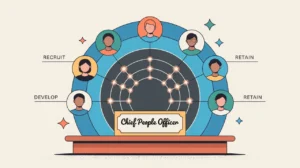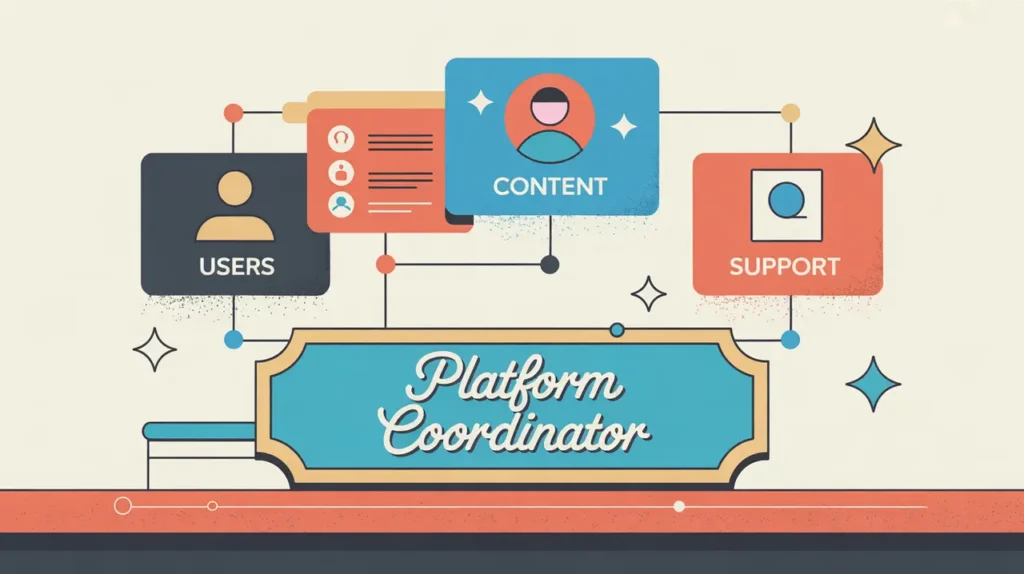What Does the Chief Technology Officer Role Involve?
A chief technology officer (CTO) is responsible for leading an organization’s technology strategy, infrastructure, and innovation to support its mission and strategic goals. This involves overseeing technology systems, digital platforms, cybersecurity, product development, and emerging technology adoption. The CTO ensures that technology investments are aligned with organizational priorities and that systems are secure, reliable, and scalable. They work closely with the CEO, COO, and other executives to integrate technology across programs, operations, and external engagement. In both nonprofits and social enterprises, the CTO plays a critical role in enabling digital transformation, improving operational efficiency, and driving innovation that enhances mission delivery.
At What Level does this Role Operate?
Executive Level: This role operates at the highest level of organizational leadership, typically reporting to the CEO and serving as part of the executive team. The CTO oversees technology teams and collaborates across departments to ensure technology strategy supports organizational priorities.
Relative Employability: Executive technology leadership roles are in strong and growing demand across nonprofits, social enterprises, and mission-driven organizations. As organizations increasingly rely on digital systems and data, there is a heightened need for leaders who can combine technical expertise with strategic vision.
Relative Pay Scale: Within nonprofits and social enterprises, chief technology officer roles sit in the highest executive pay bands, reflecting the strategic importance of technology leadership and infrastructure in achieving organizational goals.
What are the Key Responsibilities and Activities?
- Define and lead the organization’s technology strategy and digital transformation efforts
- Oversee technology infrastructure, systems architecture, and cybersecurity measures
- Manage the development and integration of digital products, platforms, and tools
- Ensure that technology investments align with organizational strategy and operational capacity
- Supervise technology teams and foster cross-functional collaboration to embed technology in programs and operations
- Identify and adopt emerging technologies that can improve organizational performance and impact
- Establish governance frameworks for technology use, data management, and security
- Represent the organization externally in technology partnerships and sector innovation forums
What Core Competencies and Qualifications are Needed?
Required Qualifications and Experience
The following reflect common qualifications and experience expected for this role, while recognizing that pathways may vary by context, organization, and region.
- Relevant academic background in computer science, information systems, engineering, or a related field, or equivalent professional experience
- Extensive leadership experience in technology strategy, infrastructure, or digital innovation, ideally at a senior or executive level
- Strong understanding of systems architecture, cybersecurity, and digital transformation processes
- Proven ability to lead technology teams and integrate technology across organizational functions
- Experience working in mission-driven or complex multi-stakeholder environments is advantageous
Key Competencies
- Strategic technology leadership and foresight
- Deep technical knowledge across infrastructure, security, and product development
- Strong problem-solving and innovation skills
- Cross-functional collaboration and communication abilities
- Capacity to manage complexity and scale technology solutions
- Commitment to mission, equity, and responsible technology use
How are AI and Automation Shaping this Role?
An AI-native chief technology officer will look to AI and automation to strengthen infrastructure, improve operational efficiency, and enable innovation. They can use AI tools to optimize system performance, enhance cybersecurity, automate workflows, and power data-driven decision making. Automation can streamline repetitive technical tasks and improve system reliability, allowing the CTO to focus on strategic direction, innovation, and capacity building. By integrating AI thoughtfully, CTOs can transform their organizations into more agile, intelligent, and resilient digital enterprises.
What Career Pathways and Transferable Skills are Associated with this Role?
Chief technology officer roles are senior leadership positions that often serve as springboards to CEO, chief innovation officer, or advisory roles, especially in organizations undergoing digital transformation. The combination of strategic leadership, technical expertise, and innovation developed in this role is transferable across nonprofits, social enterprises, corporations, philanthropic institutions, and public sector organizations. CTOs are well positioned to shape how organizations use technology to advance their missions in rapidly evolving digital landscapes.







